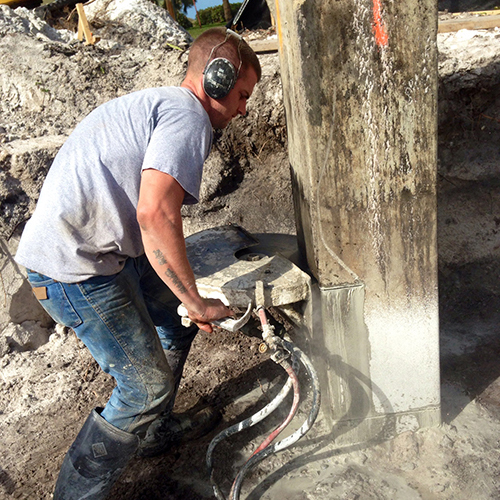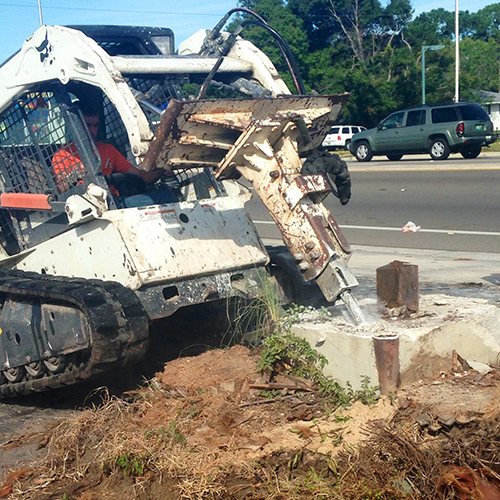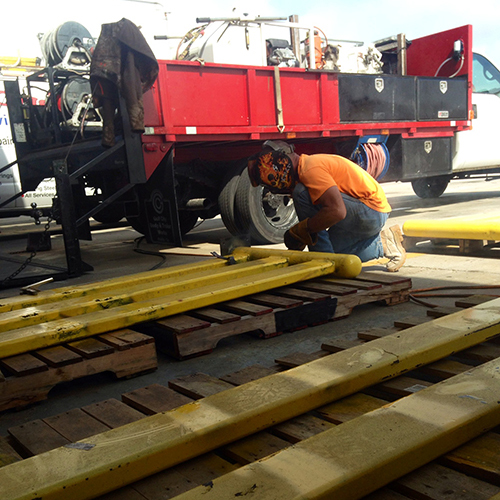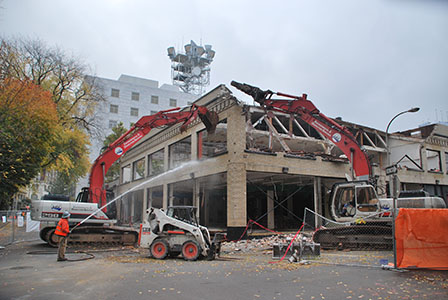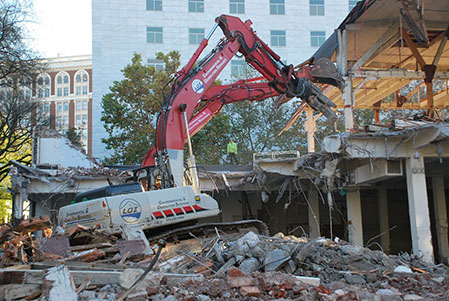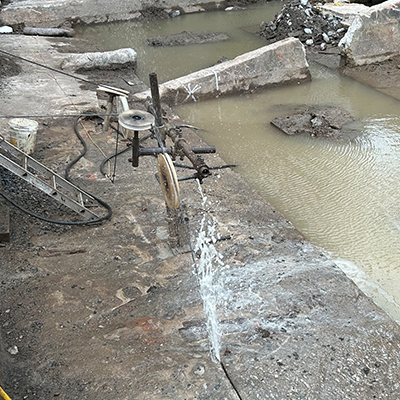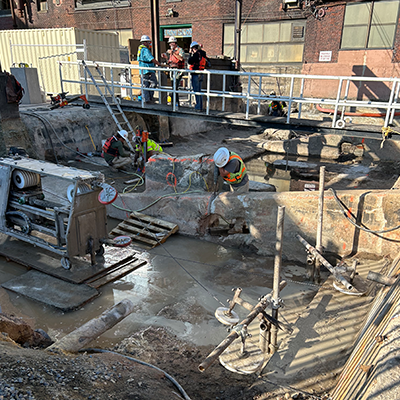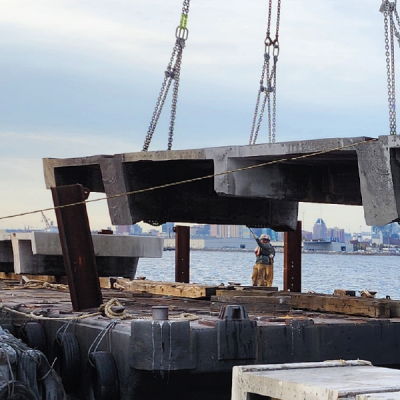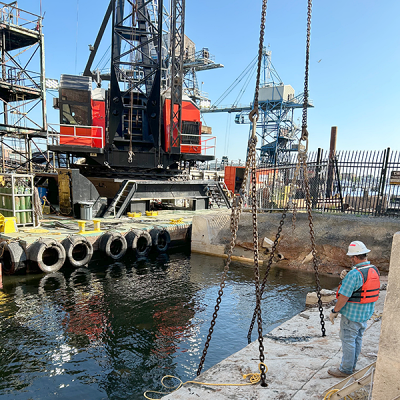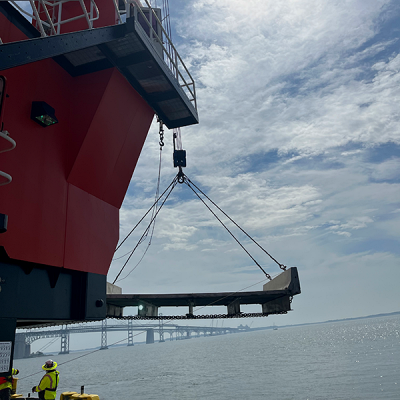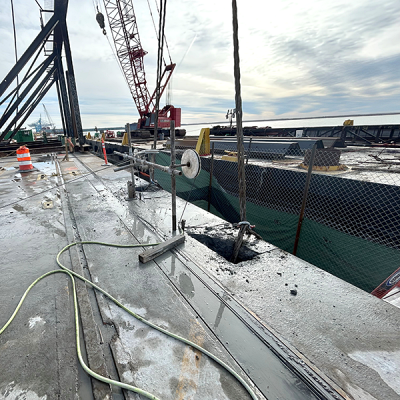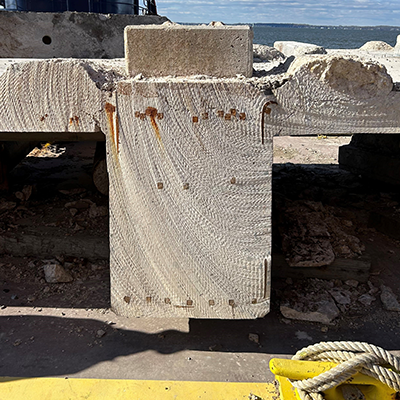| Demolition Service | Demolition Service | |
|---|---|---|
| J.P. Services Of Sarasota, LLC | LOI Environmental & Demolition Services | |
| More information | More information | |
 |
 |
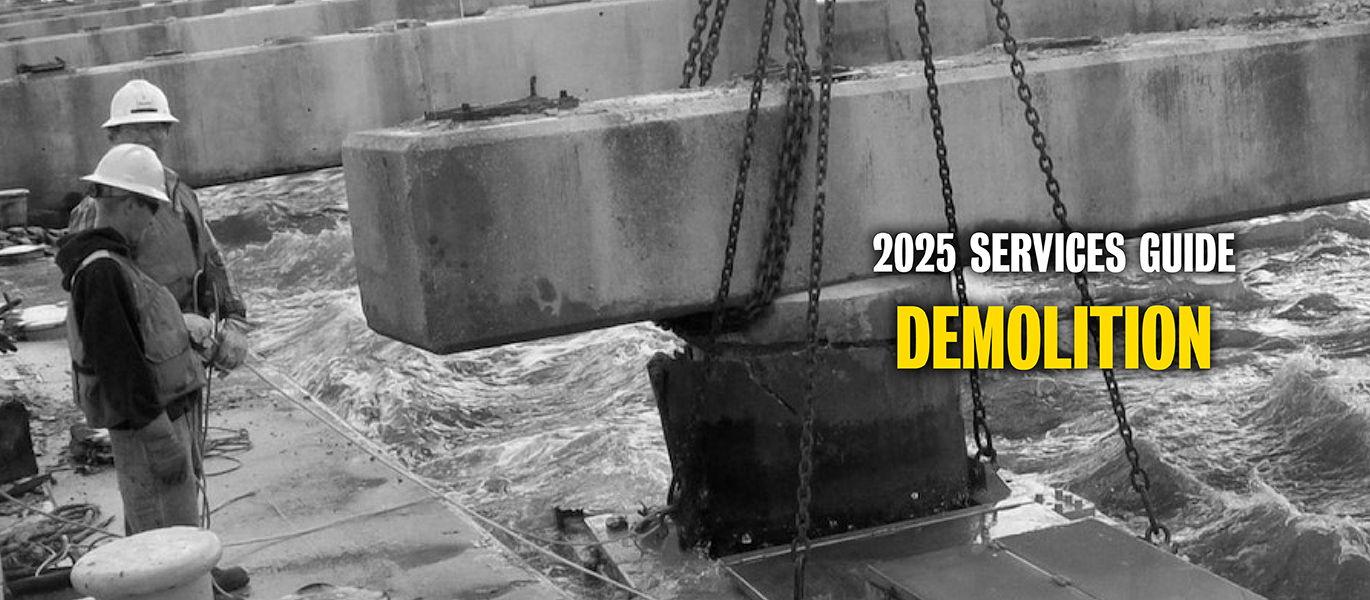
Pile Buck's Top Recommended Service Providers
| Demolition Service | Demolition Service | Demolition Service |
|---|---|---|
| J.P. Services Of Sarasota, LLC | LOI Environmental & Demolition Services | McLean Contracting Company |
| More information | More information | More information |
 |
 |
 |
| Demolition Service | Demolition Service | Demolition Service |
|---|---|---|
| J.P. Services Of Sarasota, LLC | LOI Environmental & Demolition Services | Company 3 |
| More information | More information | More information |
This guide explores a spectrum of demolition methods, from the brute force of hydraulic breakers in underwater settings to the precision of thermal lancing and diamond wire cutting. Each method is tailored to minimize environmental impact and ensure the safety and efficiency of operations across diverse and challenging environments.
Demolition Techniques
From the raw power of hydraulic breakers for underwater applications to the refined control offered by diamond wire cutting and thermal lancing, each demolition technique addresses unique challenges posed by working in sensitive or submerged environments.
Hydraulic Breakers: Use in Underwater Demolition
Hydraulic breakers are a vital tool for underwater demolition, designed to handle the rigorous demands of marine environments. These powerful devices utilize hydraulic pressure to deliver high-impact energy to break down structures efficiently. They are especially effective in demolishing submerged concrete and rocky materials without causing widespread damage to surrounding areas.
Cutting Charges (Explosives): Applications in Controlled Demolition of Marine and Foundational Structures
Explosives are employed in the controlled demolition of large-scale marine and foundational structures where precision is paramount. Cutting charges are strategically placed to ensure that the structure collapses in a controlled manner, minimizing environmental impact and ensuring safety. This method is particularly useful for demolishing large piers, bridges, and other substantial marine infrastructure.
Diamond Wire Cutting: Benefits for Precise Cutting in Sensitive Environments
Diamond wire cutting is a technique that uses a multi-strand cable fitted with diamond segments to slice through concrete, metal, and stone with high precision. This method offers significant advantages in sensitive environments, where minimal vibration and noise are crucial. Diamond wire cutting allows for precise cuts, reducing the need for additional finishing and limiting the disturbance to nearby wildlife and habitats.
Thermal Lancing: Techniques for Cutting Through Heavy Steel Underwater
Thermal lancing involves using a lance or torch that burns at extremely high temperatures to cut through thick steel structures, commonly found in underwater demolition projects. This method is effective for slicing through heavily reinforced steel—which is often encountered in sunken ships, offshore platforms, and underwater pipelines. It provides a relatively quick and efficient means of cutting through materials that are otherwise challenging to dismantle with conventional tools.
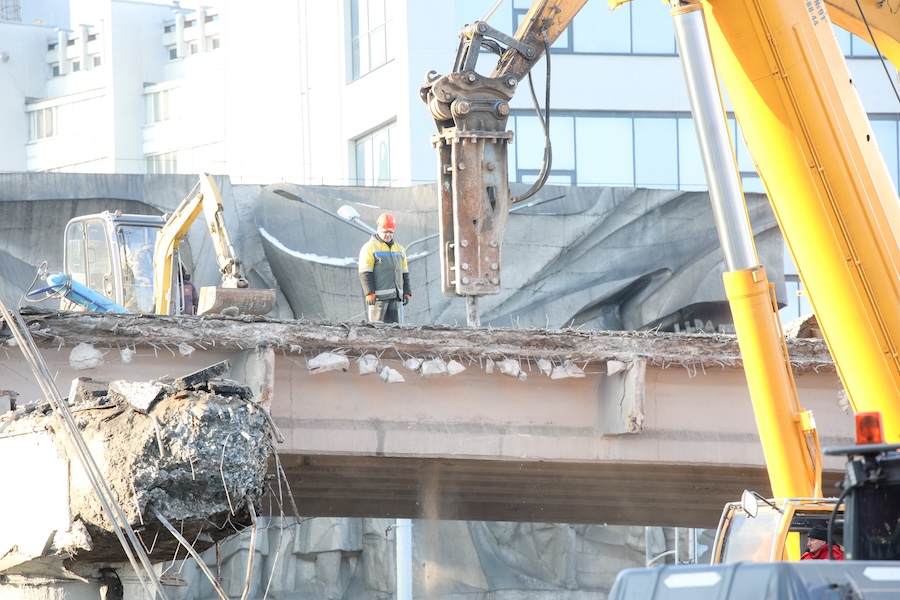
Environmental Considerations
In demolition projects near water bodies, assessing environmental impacts is crucial to protect aquatic life and maintain water quality.
Assessing Environmental Impacts of Demolition Near Water Bodies
Demolition activities near water bodies require thorough environmental impact assessments to identify potential risks to aquatic life and water quality. Techniques such as sediment and erosion control measures are crucial. For instance, during the demolition of the Lakeside Pier, turbidity curtains were deployed to prevent sediment dispersal—which could harm local fish populations.
Best Practices for Minimizing Ecological Disruption
Minimizing ecological disruption involves adopting best practices that go beyond compliance. This includes using quieter, less disruptive demolition methods like hydraulic crushing instead of explosives—and timing the demolition activities to avoid breeding seasons of local wildlife. For example, the Coastal Bridge Project adopted non-explosive demolition techniques and scheduled work during off-peak migration seasons to protect local bird species.
Legal Compliance and Environmental Regulations
Contractors must ensure compliance with both national and local environmental laws—which might include obtaining appropriate permits, conducting environmental impact assessments, and adhering to specific disposal methods for demolition waste.
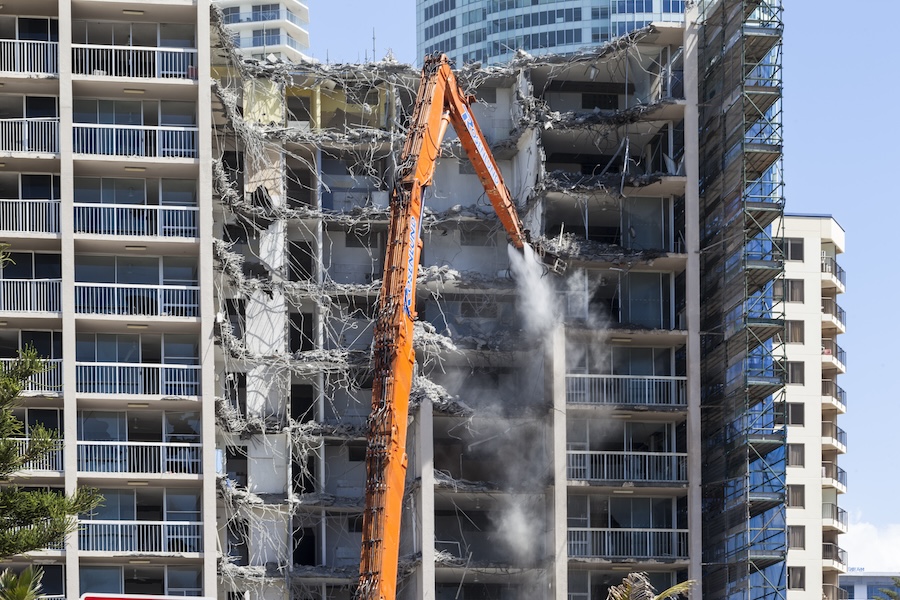
Safety Protocols
In demolition, ensuring safety is paramount—whether using explosive techniques that involve careful explosive handling and controlled blasts, or non-explosive methods that focus on mitigating mechanical hazards.
Safety Measures Specific to Explosive and Non-Explosive Demolition
Implementing rigorous safety measures is crucial in both explosive and non-explosive demolition operations. For explosive demolition—this includes the careful selection and handling of explosives, setting exclusion zones, and using precise timing mechanisms to control the blast. For non-explosive methods, safety focuses on mechanical hazards—such as the operation of heavy machinery like hydraulic breakers and crushers. Protocols must ensure that all personnel are at a safe distance and that structures are systematically and predictably brought down to prevent unexpected collapses.
Training and Certification Requirements for Demolition Crews
All personnel involved in demolition must undergo specific training and obtain certifications that qualify them to handle the type of demolition work they will perform. This training covers a broad spectrum of skills, from operating specialized demolition equipment to understanding the properties of different demolition materials and the physics of structural collapse.
Emergency Response Planning
Effective emergency response planning is crucial to handle any accidents or unexpected events during demolition. This includes having a clear plan for rapid evacuation, medical emergencies, fires, or unexpected structural failures. Regular drills should be conducted to ensure that all team members know their roles in an emergency, and access to emergency services should be established before starting any demolition project. Also, the plan should be site-specific—taking into account the unique challenges and risks of the demolition site.
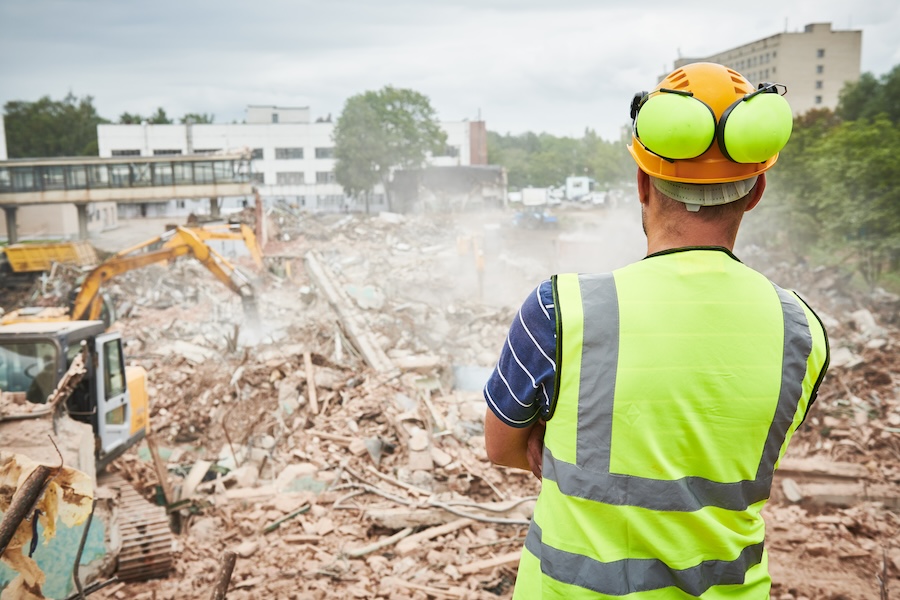
Case Studies
These case studies reveal the techniques and strategic foresight required to dismantle bridges, piers, docks, and deep foundation systems…
Bridge Demolition: Analysis of Recent Projects Involving Bridge Deconstruction
Bridge demolition is a complex process requiring meticulous planning and execution. One notable example is the deconstruction of the Old River Bridge, where a combination of controlled explosives and hydraulic breakers was used. The project was carried out in phases to minimize environmental impact and to ensure safety. This case study highlights the challenges faced during the demolition—such as maintaining waterway traffic flow and protecting nearby wildlife habitats, and the innovative solutions deployed to address them.
Pier and Dock Demolition: Strategies and Outcomes in Removing Outdated Marine Infrastructure
The demolition of the Harbor Pier highlighted the importance of strategic planning in marine demolitions. The project utilized cutting charges to dismantle the main structures, followed by underwater cutting techniques to handle submerged parts. This approach not only expedited the process but also significantly reduced the risk of environmental contamination.
Foundational Demolition: Approaches to Dismantling Deep Foundation Structures Safely
Demolishing deep foundation structures, such as those used in former industrial sites, poses unique challenges—particularly in preventing soil and water contamination. The dismantling of the Deepwell Site utilized a combination of diamond wire cutting and thermal lancing, ensuring precise cuts and minimal disturbance to the surrounding ground.
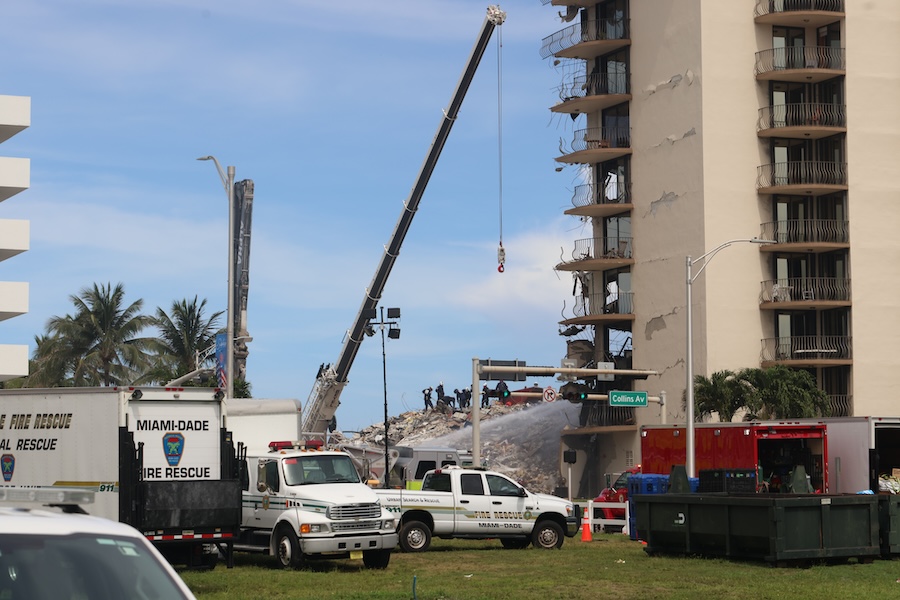
Emerging Technologies
Emerging technologies like robotics and unmanned vehicles are transforming demolition, enhancing safety and efficiency—particularly in hazardous conditions.
Robotics and Unmanned Vehicles in Demolition
The use of robotics and unmanned vehicles is revolutionizing the demolition industry. These technologies allow for safer and more efficient operations, especially in hazardous environments that pose risks to human workers. Robotic demolition machines can be remotely operated, reducing the need for personnel to be near unstable structures during demolition. Unmanned aerial vehicles (UAVs), or drones, are increasingly used for surveying demolition sites to plan the work and monitor ongoing progress without putting crew members at risk.
Innovations in Demolition Equipment and Materials
Recent innovations in demolition equipment and materials focus on enhancing efficiency and reducing environmental impact. Newer materials such as biodegradable hydraulic fluids and less polluting explosives have been developed to minimize the ecological footprint of demolition activities. In addition, advancements in equipment technology include high-efficiency particulate air (HEPA) filtration systems on machinery to control dust and debris—which are crucial in urban and sensitive environments.
Future Trends in Demolition Techniques
The future of demolition techniques is likely to see increased integration of digital technologies, such as building information modeling (BIM) and artificial intelligence (AI). These technologies can be used for precise mapping and simulation of demolition processes, enabling more strategic planning and execution.
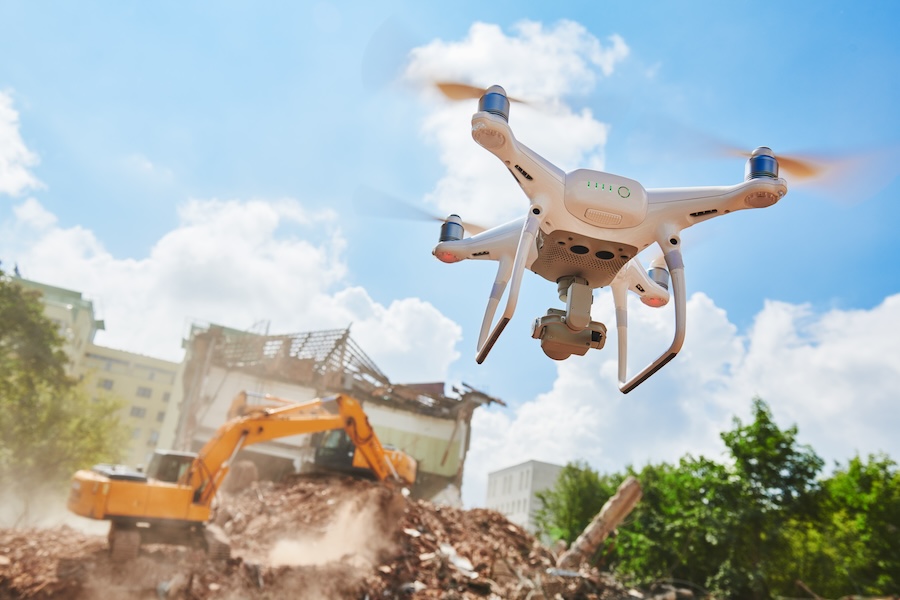
PILE BUCK’S TOP RECOMMENDED DEMOLITION SERVICE PROVIDERS
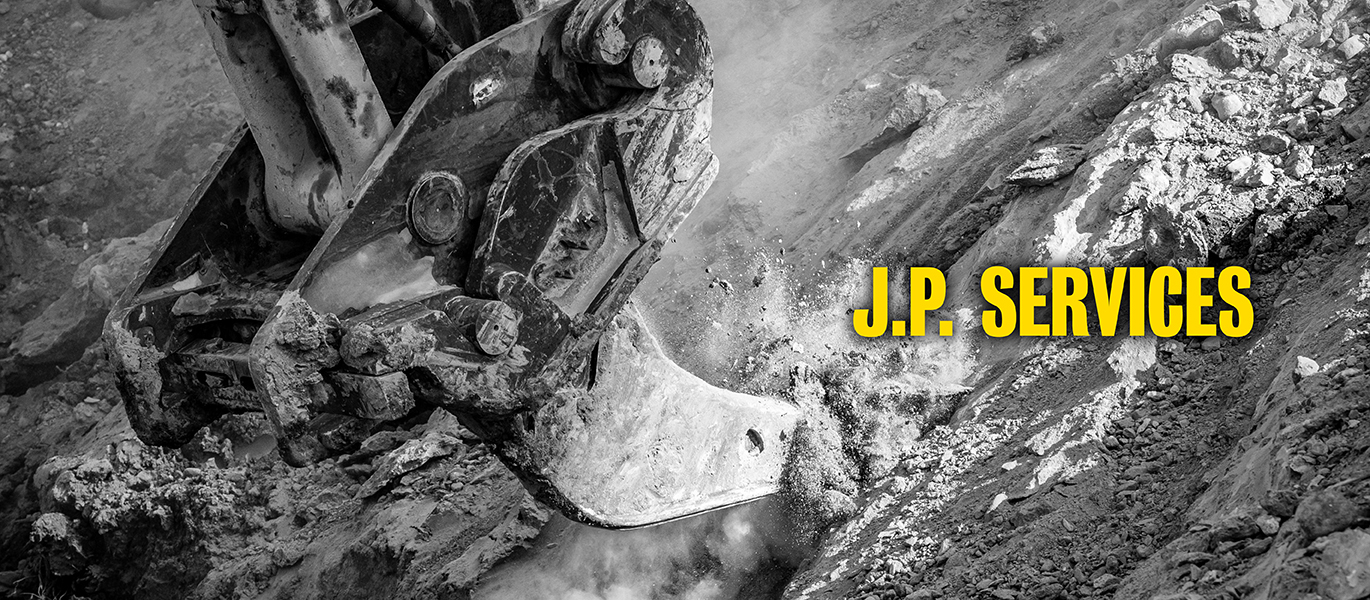
About
J.P. Services of Sarasota provides a complete array of Demolition, Concrete Cutting, and Core Drilling services.
Our Commercial and Industrial customers rely on our quality work throughout Sarasota, Bradenton, and the surrounding communities of Southwest Florida.
We understand that any demolition job can be stressful, so we work closely with Plumbing, Electrical, HVAC and General Contractors, many of whom consider us a trusted advisor, to ensure that the job gets done right the first time.
Whether you are looking to take down a single interior wall, or an entire commercial building, J.P. Services has the knowledge and equipment to get the job done on time and on budget.
We specialize in Building Demolition and Controlled Selective Demolition techniques used to bring down a portion of a structure, like walls, floors, or ceilings, within a predefined perimeter, and without damage to surrounding structures.
Let our knowledgeable estimators provide you with all information you need to make a decision about the least disruptive and most cost effective methods for completing your Demolition project in Sarasota, Bradenton, or anywhere in Southwest Florida.
Services
- Building Demolition
- Controlled Selective Demolition
- Interior Demolition
J.P. Services Of Sarasota, LLC
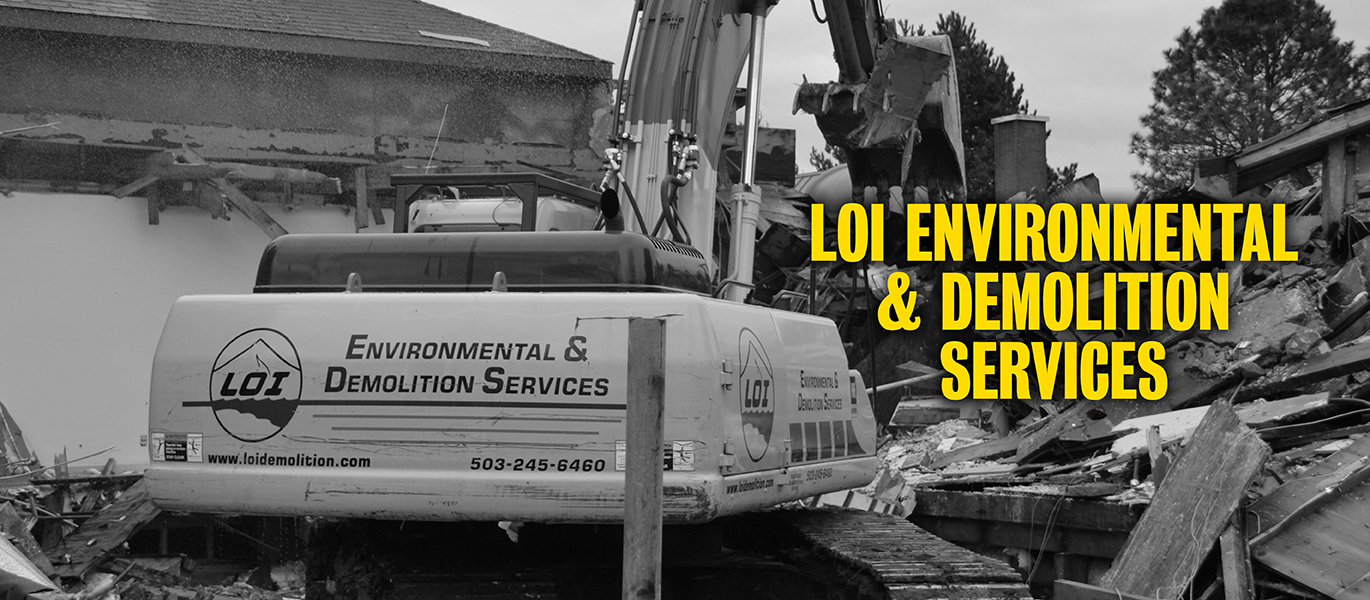
About
LOI Environmental & Demolition Services management team has worked together since 1987. LOI Environmental & Demolition Services field supervisors and laborers have worked in the industry for between 8 and 25 years, primarily for LOI. We provide our customers with high quality knowledge, skill and responsiveness, regardless of the size of the project. We take a straightforward, courteous approach with our customers and gain satisfaction in the fact that so many customer relationships have been ongoing for many years. Providing continuous service is so valuable when working with owners and multiple building issues that come up over the years!
Demolition and Deconstruction includes the tearing-down of buildings and structures. As a part of our environmental stance we look for opportunities to salvage and recycle what we demolish.
We are a general contractor specializing in demolition and environmental projects. Company-wide support and experience allows us to perform a seamless transition from Environmental work (Asbestos Abatement, Lead Remediation, Mold Removal, Consultation and Testing) to Demolition (Dismantling, Decommissioning, Salvage, Recycling, and Asset Management).) Our clients include building owners, developers, contractors, health care providers, institutions, and manufacturing companies that are committed to providing and maintaining a safe and productive workplace, and residential owners concerned with safety. Demolition contrasts with deconstruction, which involves taking a building apart while carefully preserving valuable elements for re-use.
For small buildings, such as houses, that are only two or three stories high, demolition is a rather simple process. The building is pulled down either manually or mechanically using large hydraulic equipment: elevated work platforms, cranes, excavators or bulldozers. Larger buildings may require the use of a wrecking ball, a heavy weight on a cable that is swung by a crane into the side of the buildings. Wrecking balls are especially effective against masonry, but are less easily controlled and often less efficient than other methods. Newer methods may use rotational hydraulic shears and silenced rock-breakers attached to excavators to cut or break through wood, steel, and concrete. The use of shears is especially common when flame-cutting would be dangerous. The experience we provide will give you the best project management, innovative solutions, and up-to-date engineering technologies for your project.
Services
- Industrial
- Commercial Demolition
- Tenant Improvements
LOI Environmental & Demolition Services
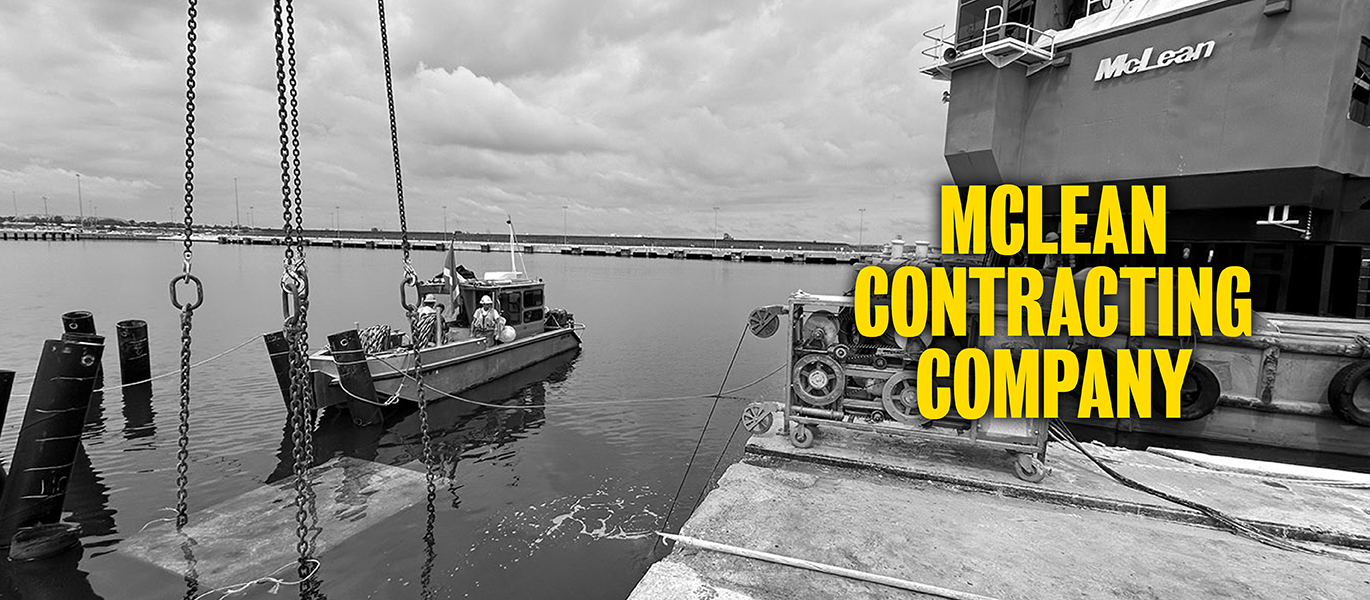
About
Founded in 1903, McLean Contracting Company is a leading heavy civil and marine contractor on the east coast. After 122 years in business, McLean continues to bring peace of mind to those we serve by offering safe and exceptionally high standards of service with multiple capabilities. McLean is 100% employee owned and serves the Mid-Atlantic and South Atlantic states from Delaware to Florida.
Our demolition services include marine demolition and salvage, bridge and marine structure demolition and salvage, diving inspection, and diamond wire saw cutting expertise. We are experienced in civil structure demolition projects on land and in the marine environment. What sets us apart – we do wiresawing, heavy lift, and diving in-house. We offer a depth of specialized demolition services within and across our organization, thus enabling continuity in the most complex of projects we undertake.
Our heavy lift capability and experience allows us to demolish large marine structures efficiently by handling large pieces, which are easier and safer to transport and dispose. Any demolition over water is accomplished by a controlled technique to safely retrieve the rubble and mitigate the risk of water contamination, always in accordance with governing permits and regulations.
Services
- Large scale, precision, and heavy lift civil structure demolition
- Concrete or steel structures
- Diving Inspection and demolition preparation to assist in cutting underwater
- Torch capability for steel rebar demolition when needed
- Underwater rigging and other support services
- Salvage

